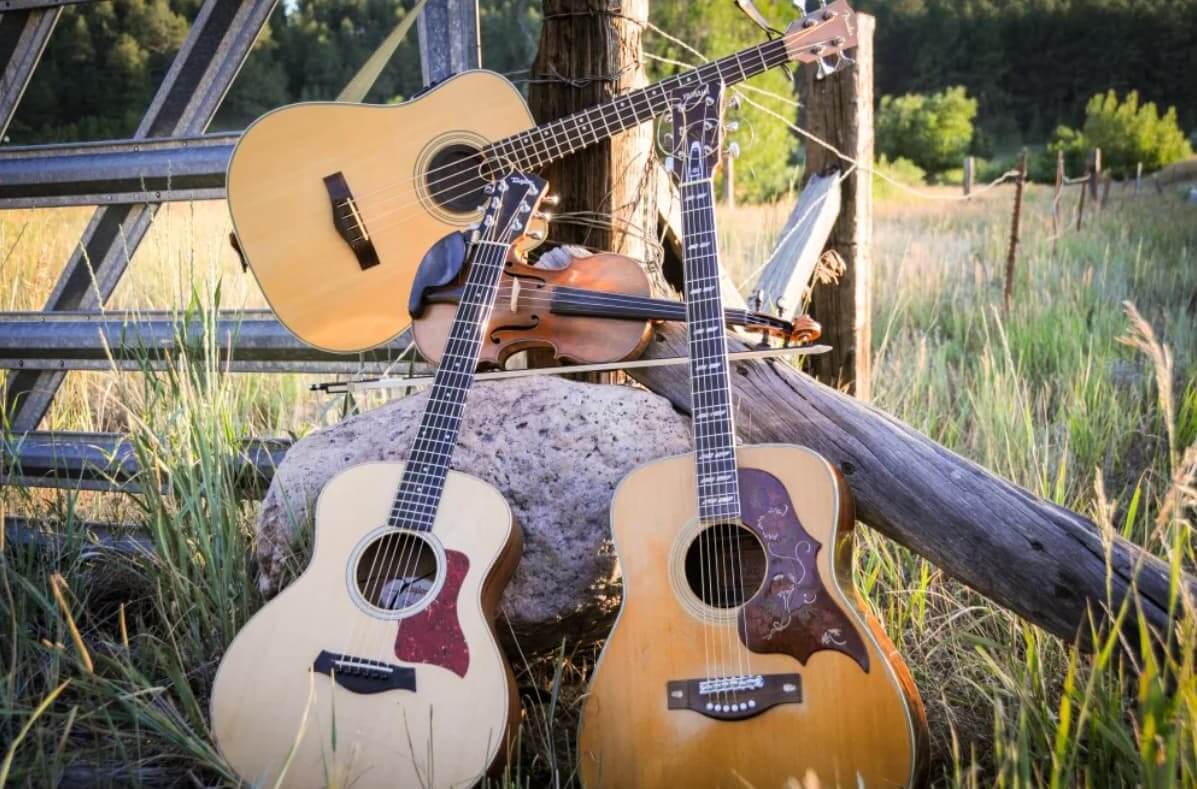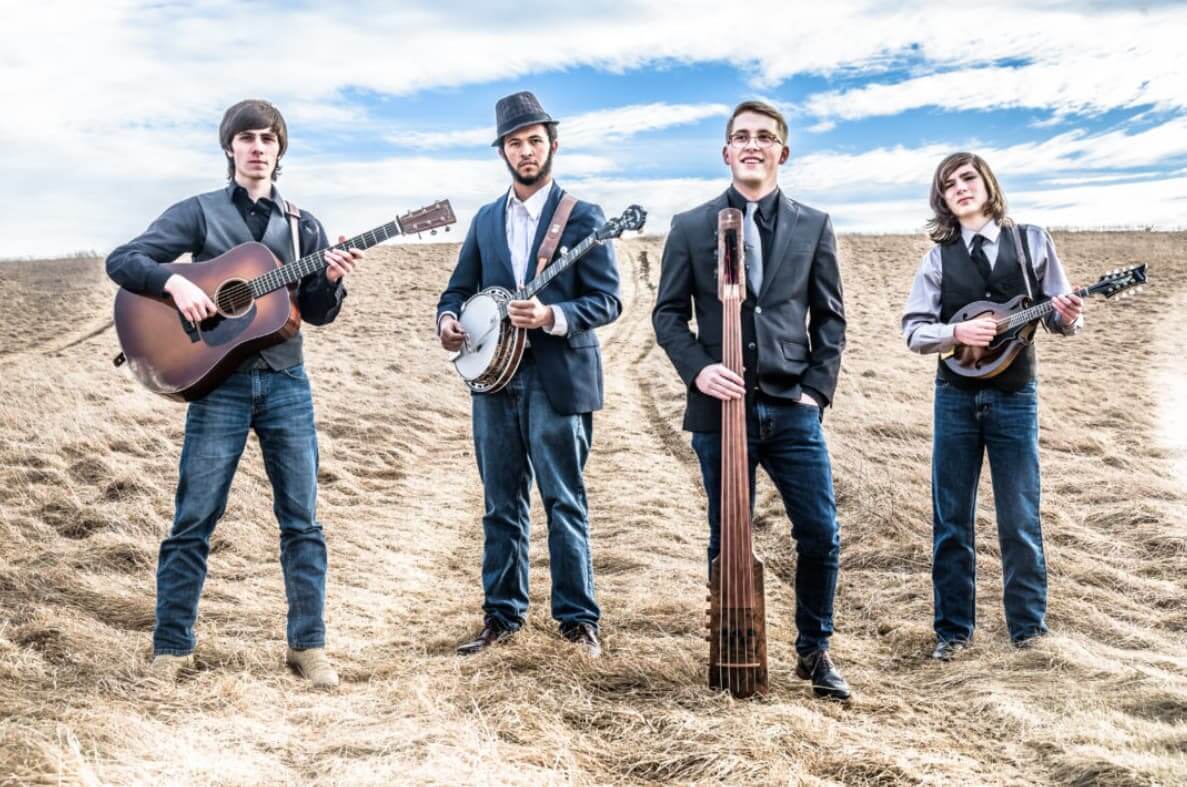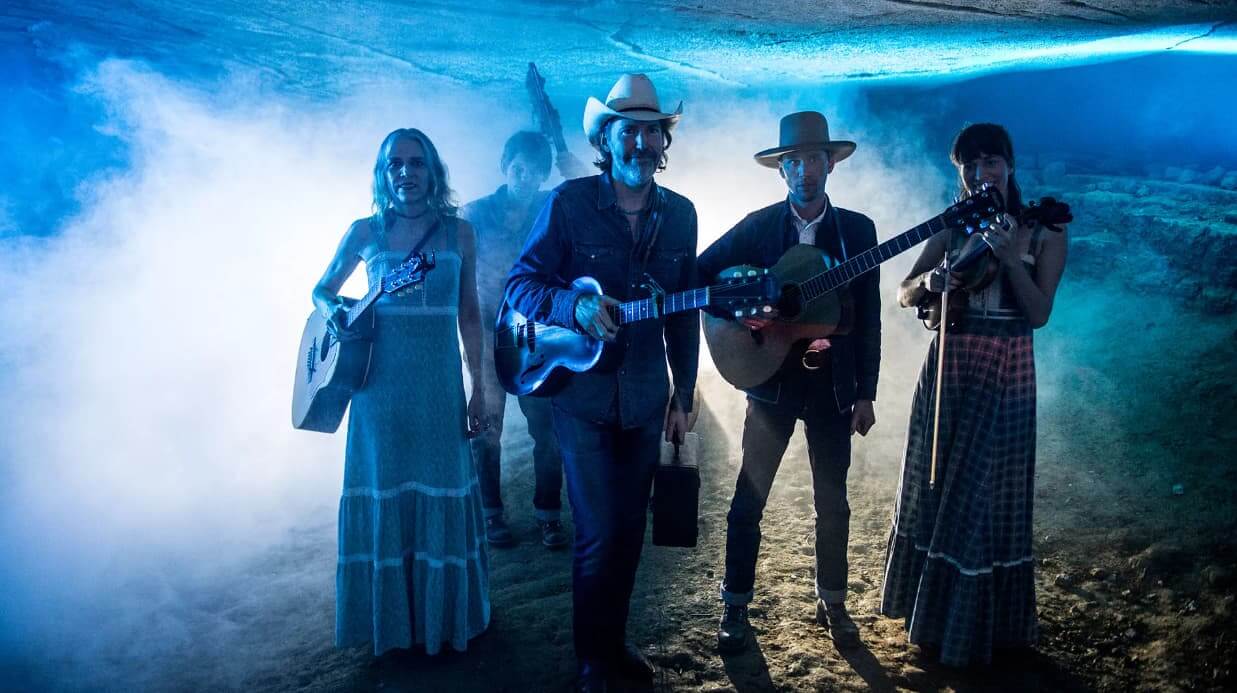Bluegrass, a beloved genre in both the USA and the United Kingdom, is a fusion of various American and British musical traditions. Its roots trace back to country and gospel music, while contemporary influences range from roots folk to pop and rock.

What Defines Bluegrass?
Bluegrass, a subgenre of country music, takes its name from Bill Monroe and his band, The Blue Grass Boys, pioneers of this style. Originating in the Appalachian mountains, bluegrass blends elements of traditional Irish, Scottish, English, and African-American music.
Musically, bluegrass is characterized by its instrumentation: typically banjo, fiddle, mandolin, upright bass, acoustic guitar, and sometimes harmonica. It features a rhythmic style known as the “straight-ahead beat” and vocal harmony that often alternates between lead singers.
Exploring the Origins
Bill Monroe, a prominent figure in bluegrass, named his band after Kentucky’s nickname, “the Bluegrass State.” Early bluegrass compositions were simple, with melodies played by violins, banjos, and acoustic guitars. However, newer forms have incorporated elements from country and other genres.

Identifying Bluegrass Music
Bluegrass music is recognizable by its repertoire, instrumentation, improvisation, and vocals. It features a diverse range of songs, including traditional ballads, fiddle tunes, breakdowns, original compositions, gospel songs, and blues numbers.
Instruments commonly found in bluegrass bands include the banjo, guitar, mandolin, fiddle, and Dobro. Bluegrass is known for its improvisational nature, with musicians often soloing or jamming during performances.
Unlike jazz or rock ‘n roll, bluegrass rhythm is provided by acoustic instruments like the upright bass and plucked banjo. While drums are absent, percussive elements like clogging and rhythmic clapping are sometimes used.
Overall, bluegrass’s unique blend of instruments, improvisation, and rhythmic complexity makes it a fascinating and distinctive genre beloved by musicians and fans alike.
Characteristics of Bluegrass Music
Instruments: Bluegrass music stands out for its unique blend of traditional and modern instruments. Artists like Monroe skillfully incorporate antique instruments such as banjos and guitars with newer additions like the mandolin, creating a distinctive sound.
Tempo: One defining aspect of bluegrass is its fast-paced tempo. Musicians typically describe bluegrass tunes as being played between “allegro” and “presto,” indicating a tempo faster than average but not excessively rapid. Each instrument gets its moment to shine with solo performances woven into the music, showcasing individual skills before returning to the ensemble backup.

Distinguishing Bluegrass from Country Music
While both bluegrass and country music share roots in the American folk tradition, there are key differences that set them apart:
Origin: Bluegrass music is a fusion of various styles originating from the British Isles, particularly England and Scotland. The banjo, with its unique five-string configuration, played a crucial role in shaping the distinctive sound of bluegrass as it migrated to the rural regions of America alongside fiddles and guitars.
Tempo and Instrumentation: Bluegrass tends to have a faster tempo compared to the slower pace of country music, with upbeat tunes featuring syncopation. The prominent use of the banjo, derived from African guitars, contributes to bluegrass’s twangy sound, distinguishing it from other instruments like mandolins, fiddles, and acoustic guitars commonly found in the genre.
Conclusion
Bluegrass music, with its lively tempo and rich instrumentation, offers a dynamic musical experience suitable for various settings, from rock concerts to intimate gatherings.
While its roots in country traditions lend it a sense of simplicity, bluegrass has evolved over time through innovation and adaptation, adding layers of complexity to its structure and form. As a cultural phenomenon, bluegrass continues to captivate audiences, evolving and improving with each passing year, making it a genre cherished now more than ever.

